don't over-think this. You will probably only have to autotune it one time, and then never mess with that again.
You are planning to to a wet-test of everything before really using it, so I would wet-test it with a normal amount of water, like you would have in there on brew day.
- Calibrate the probe in ice water.
- Then install it in your kettle and put your water in.
- Using default PID parameters, let the PID heat the water up to some set-temp.
- Enter auto-tune mode as you get close to that set-temp (I guess this is mode is AT=1 according to the text you pasted earlier).
- Let the auto-tune finish. be patient and don't interrupt it. it might take a while.
After that, you should be good to go for tuning.
I would then suggest trying to heat water to 300*F or something impossible and let the PID start boiling the water. You can then check that your probe is accurately reading 212*F when it's boiling.
Switch over to manual mode and play around with controlling the boil strength.
You're done then.
You are planning to to a wet-test of everything before really using it, so I would wet-test it with a normal amount of water, like you would have in there on brew day.
- Calibrate the probe in ice water.
- Then install it in your kettle and put your water in.
- Using default PID parameters, let the PID heat the water up to some set-temp.
- Enter auto-tune mode as you get close to that set-temp (I guess this is mode is AT=1 according to the text you pasted earlier).
- Let the auto-tune finish. be patient and don't interrupt it. it might take a while.
After that, you should be good to go for tuning.
I would then suggest trying to heat water to 300*F or something impossible and let the PID start boiling the water. You can then check that your probe is accurately reading 212*F when it's boiling.
Switch over to manual mode and play around with controlling the boil strength.
You're done then.




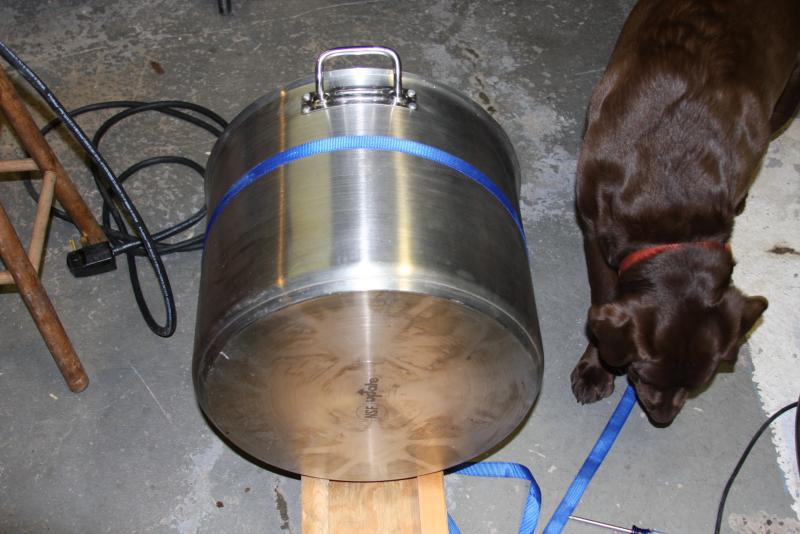

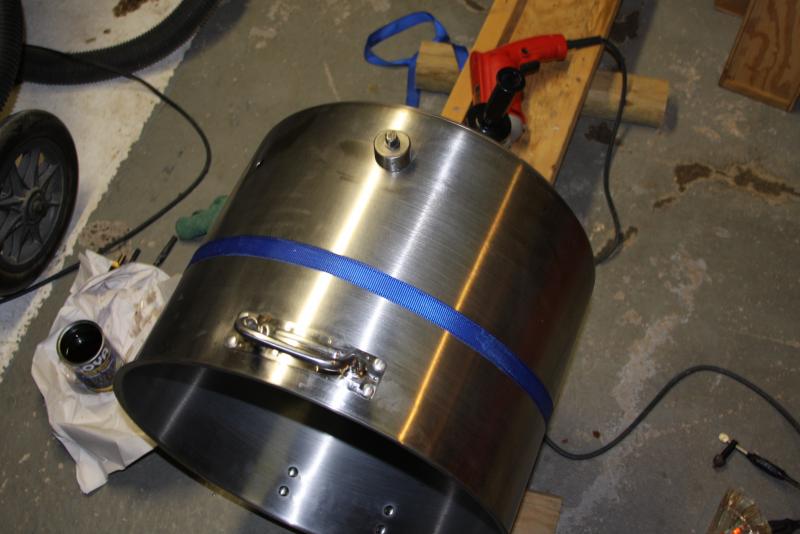
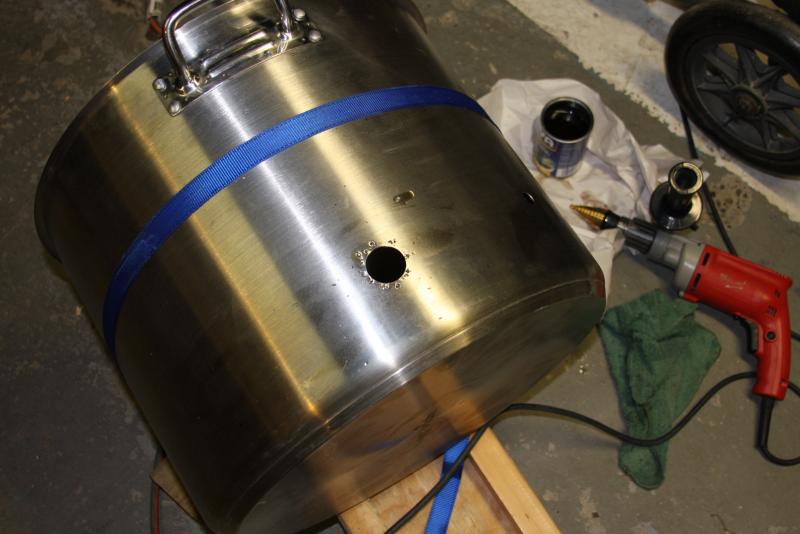
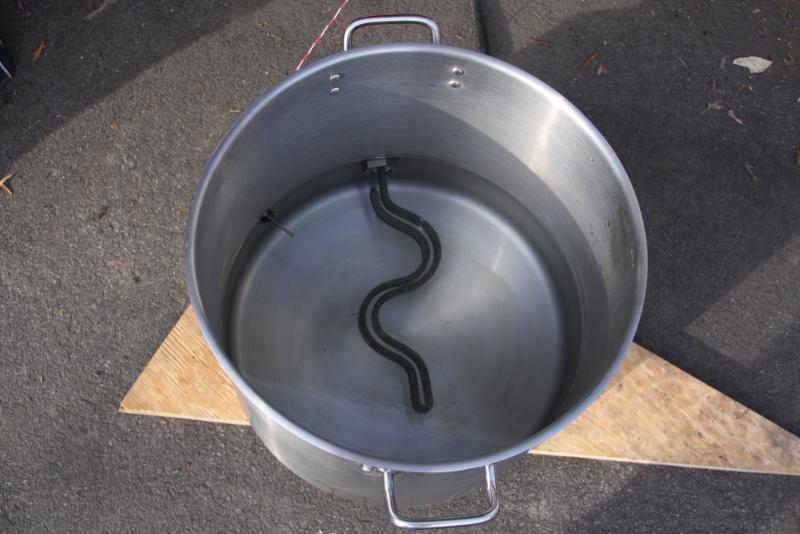
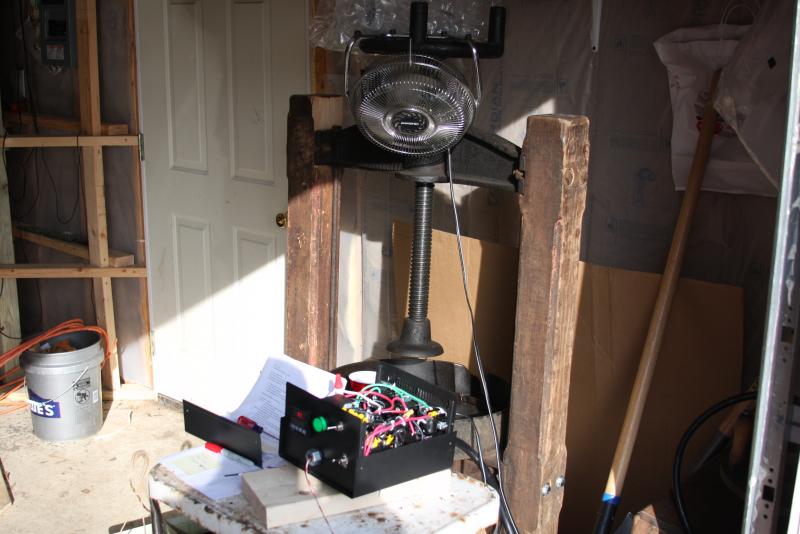
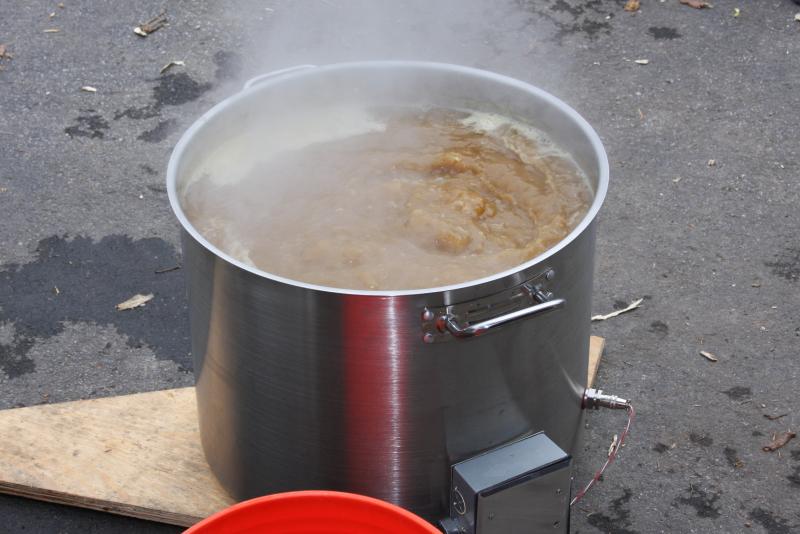
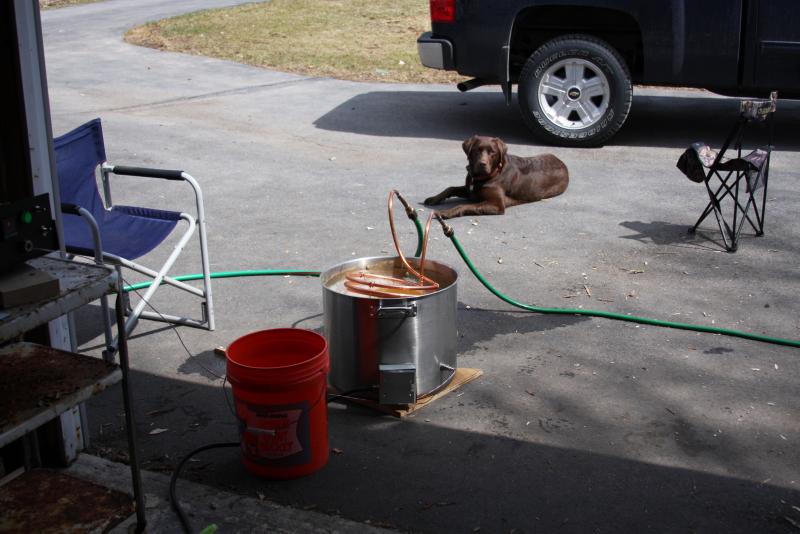
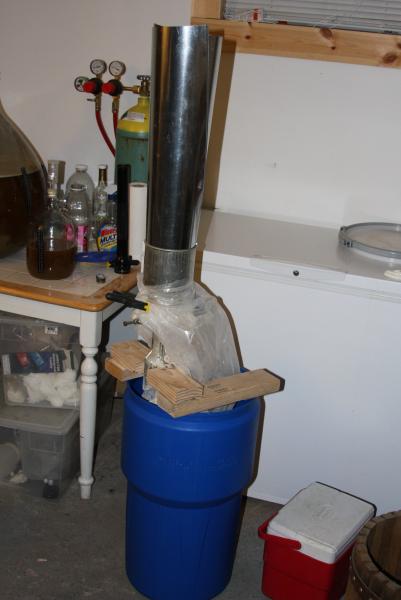













![Craft A Brew - Safale S-04 Dry Yeast - Fermentis - English Ale Dry Yeast - For English and American Ales and Hard Apple Ciders - Ingredients for Home Brewing - Beer Making Supplies - [1 Pack]](https://m.media-amazon.com/images/I/41fVGNh6JfL._SL500_.jpg)








































